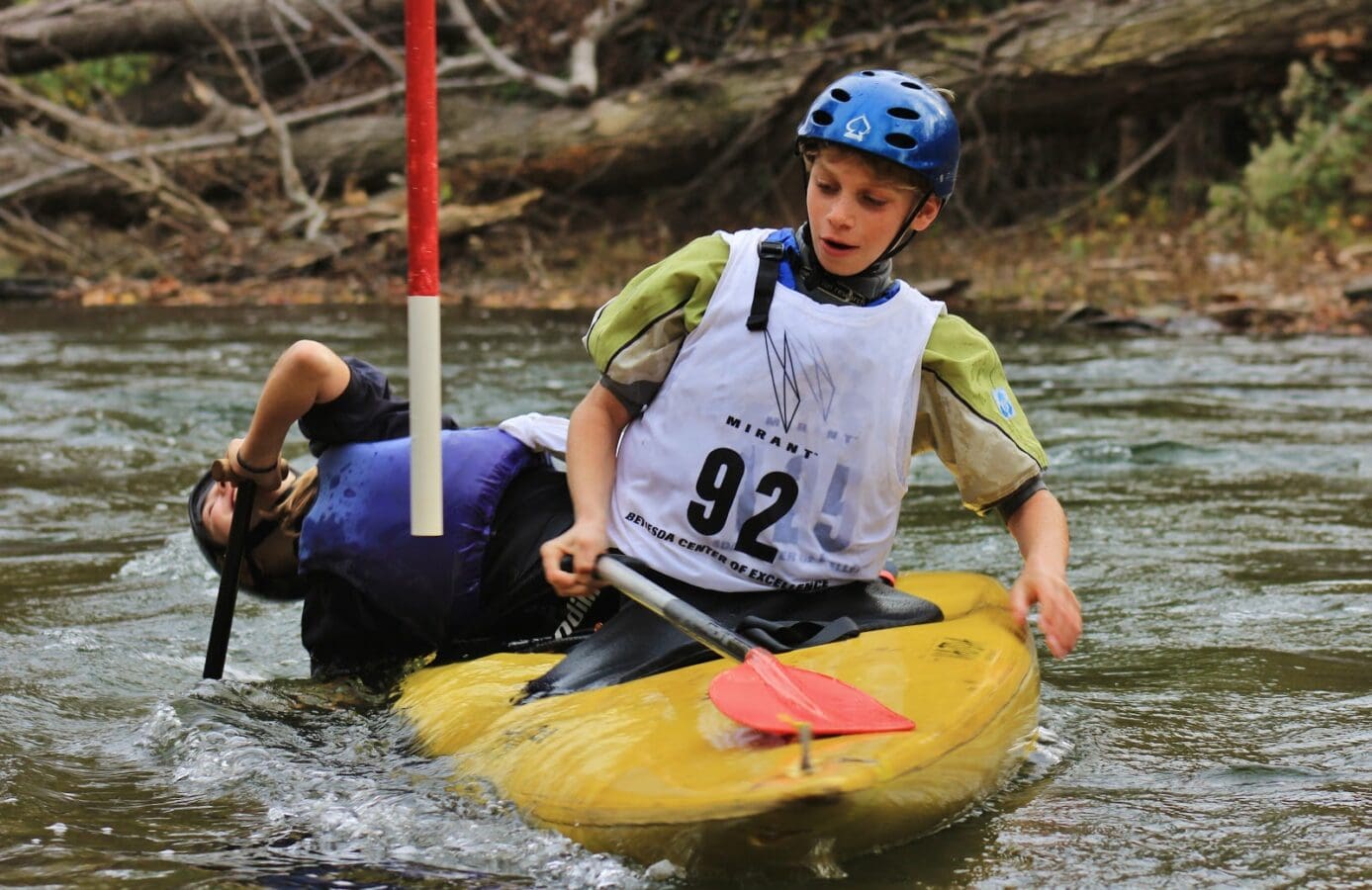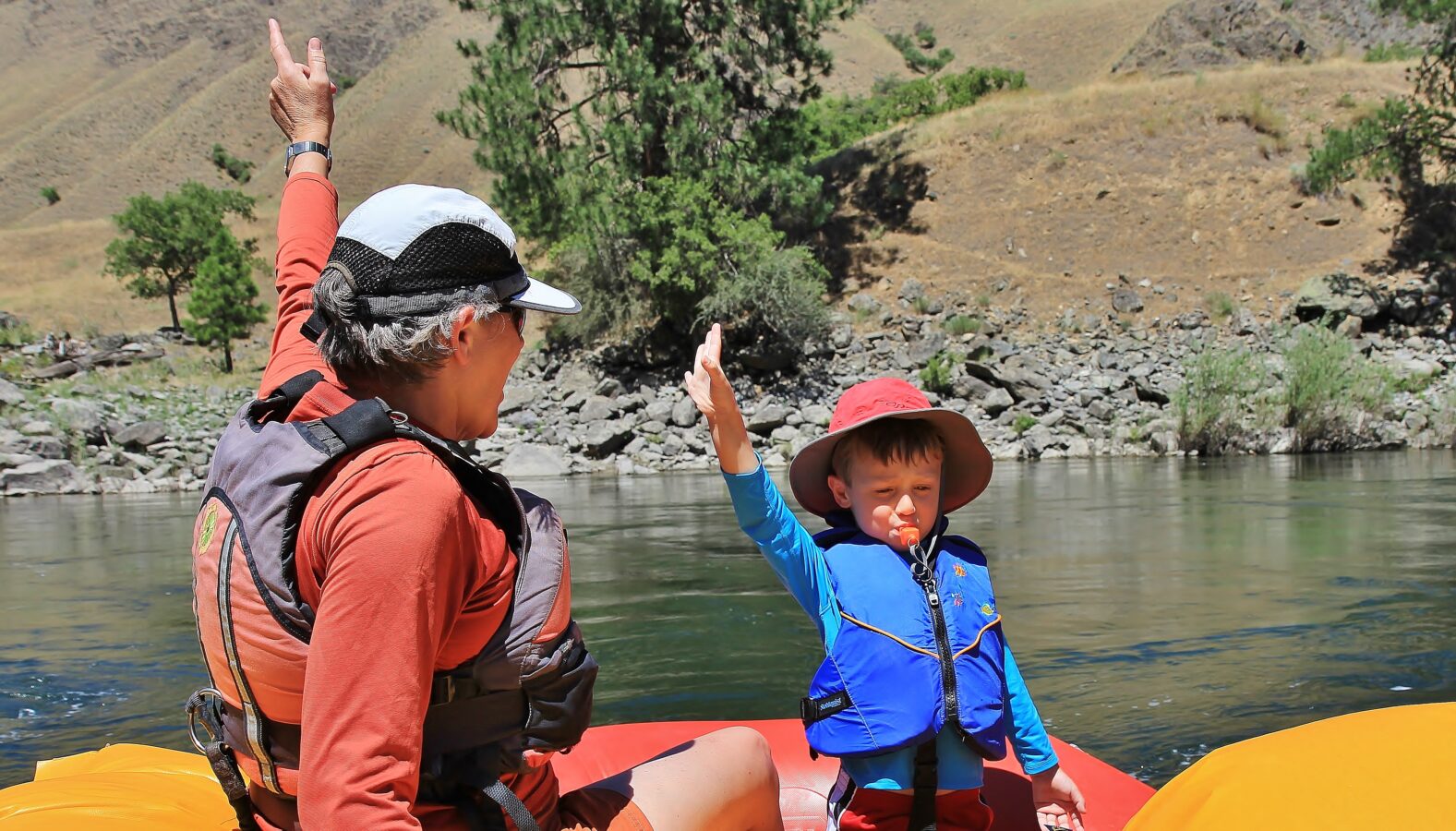
A Rapid Analysis: River Safety Boating Laws
Experiencing the outdoors on rivers, lakes, and the ocean is a passion than many people share. Canoeing through a massive, rocky gorge is amazing. Whitewater kayaking down a waterfall is thrilling. Speeding along on a personal watercraft in the bay is exhilarating. However, boating also involves the risk of accidental drowning. As a consequence of this drowning danger, most states have adopted regulations or passed boating laws which mandate the use of safety equipment while kayaking, canoeing, whitewater rafting, personal watercraft boating, or boating in general. What are some of these river safety boater laws? What safety equipment are addressed by these river safety laws? There are a few basic categories of equipment-based boater safety laws:
- Life jackets/personal flotation devices to be present on a vessel.
- Life jackets/personal flotation devices to be worn on whitewater segments of rivers.
- Life jackets/personal flotation devices to be worn by children.
- Helmets to be worn on whitewater segments of rivers.
- Exceptions for racing kayaks and racing shells.
Personal Flotation Devices Required while Boating
Most states have adopted boating laws which require a life jacket / personal flotation device (PFD) to be accessible in almost all boats or watercrafts that are placed in a navigable waterway. These waterways generally includes rivers, streams, oceans, or bays. However, more critically, most states’ boating laws also provide requirements for life jackets to be worn in specific circumstances. For example, Maryland regulations require life jackets to be worn by (1) kayakers and canoeist while on certain “designated whitewater sections,” (2) by whitewater rafting customers on the Youghiogheny River, (3) for all users of personal watercrafts, (4) for anyone being towed by a boat while water-skiing, and (5) for anyone using a “jetpack vessel.” Virginia requires life jackets to be worn by any person riding on or being towed by a personal watercraft. And Washington, DC mandates a broad requirement that any person in a vessel wear a personal flotation device “in the area from the southernmost point of the cove commonly known as Fletcher’s Cove in the Georgetown Channel of the Potomac River upstream to the District of Columbia boundary line at Little Falls.”
These life-jacket-wearing boating laws are not limited to eastern states. Western states also have life-jacket-wearing requirements. For example, Wyoming regulations require that anyone 12 years of age or younger on a boat wear a life jacket. Similarly, Idaho regulations require life jackets must be worn by (1) anyone 14 years of age and younger in vessels 19 feet or less and (2) anyone in or being towed by a personal watercraft. Also similar, in California, a life jacket is required to be worn by (1) anyone 12 years of age or younger in a vessel, and (2) anyone in or being towed by a personal watercraft.
In addition, almost all states require specific types of personal flotation devices be worn as part of their boating laws. Maryland, for example, requires that all commercial whitewater rafters and all designated whitewater segments paddlers wear a “U.S. Coast Guard approved Type III or V personal flotation device (PFD).” As another example, Virginia specifically requires that a “Type I, Type II, Type III or Type V PFD” be worn by a paddler when operating a personal watercraft. When required, Colorado mandates a “U.S. Coast Guard approved Type I, Type III, or Type V – whitewater non-inflatable” personal flotation device be worn. Idaho and Wyoming note throughout their regulations that personal flotation devices, when required to be worn, must be a “U.S. Coast Guard” approved wearable personal flotation device.
While wearing a personal flotation device is a good safety practice for anyone to follow while boating, under certain circumstances, wearing life jackets is also the law. Thus, it is an excellent idea to wear a life jacket while boating regardless of your confidence of your abilities.
Helmets Required on Whitewater Rivers
While almost all states require some degree of personal flotation devices under certain circumstances, most states do not require a boater wear a helmet for whitewater or any other type of boating. However, one state, Maryland, requires helmets for all individuals paddling kayaks and decked canoes in certain state-designated whitewater sections (including the Potomac River from Great Falls to the Chain Bridge; the Top/Upper Youghiogheny River; the North Branch Potomac River; and the Savage River). A few other states require helmets on commercial whitewater trips. Colorado specifically requires a helmet be worn by all “river outfitter, guide, guide in training, guide instructor, trip leader, and commercial passenger aboard a whitewater or decked canoe or hard shell kayak.” Additionally, a few states, such as Maryland and Massachusetts, require helmets to be worn by all guides and passengers of whitewater rafting companies on whitewater rivers.
Ultimately, much like wearing a personal flotation device, wearing a helmet on whitewater rivers is an important safety practice. While the failure to wear a helmet is not illegal in most states, wearing a helmet in whitewater is still a good river safety practice to follow.
Exceptions for Racing Boats
Interestingly, some states’ boating laws provide exceptions for racing boats (such as racing shells, rowing sculls racing kayaks, and racing canoes) related to life jacket laws and regulations. In Maryland, racing paddlers who are part of “supervised training or in International Canoe Federation (ICF)—American Canoe Association (ACA) sanctioned events” are permitted to substitute a “lifedeck personal flotation device (PFD) if it provides a minimum buoyancy of 6 kilograms (13.5 pounds)” instead of the specific “PFD” required under the Maryland boating laws.
Additionally, in Virginia, Idaho, and a few other states, paddlers/boaters in racing shells, rowing sculls, and racing kayaks are exempt from some of the states’ specific life jacket restrictions (such as the fact that such paddlers/boaters are not required to carry an “additional” life jacket on such racing boats in Virginia). Thus, a few states specifically consider the fact that many racing organizations require their own safety gear, and certain safety laws would be too restrictive upon racing and training athletes.
Ultimately, wearing proper safety gear while boating is an important practice for all individuals who enjoy the outdoors. Entities such as American Whitewater regularly chronicle drownings and injuries on waterways which could have been prevented if the individuals were wearing proper safety gear. As such, many states regularly enforce boating laws in an attempt to prevent these accidents.
Longman & Van Grack’s recreation law attorneys regularly assists clients with many types of legal issues such as releases and waivers within the firm’s Sports and Recreation Law practice. In fact, Longman & Van Grack attorney Adam Van Grack has not only represented sports and recreation companies, but also been a member of the boards of several sports safety organizations. Call our firm at (301) 291-5027 if you have any further questions or would like to speak with one of our attorneys.

